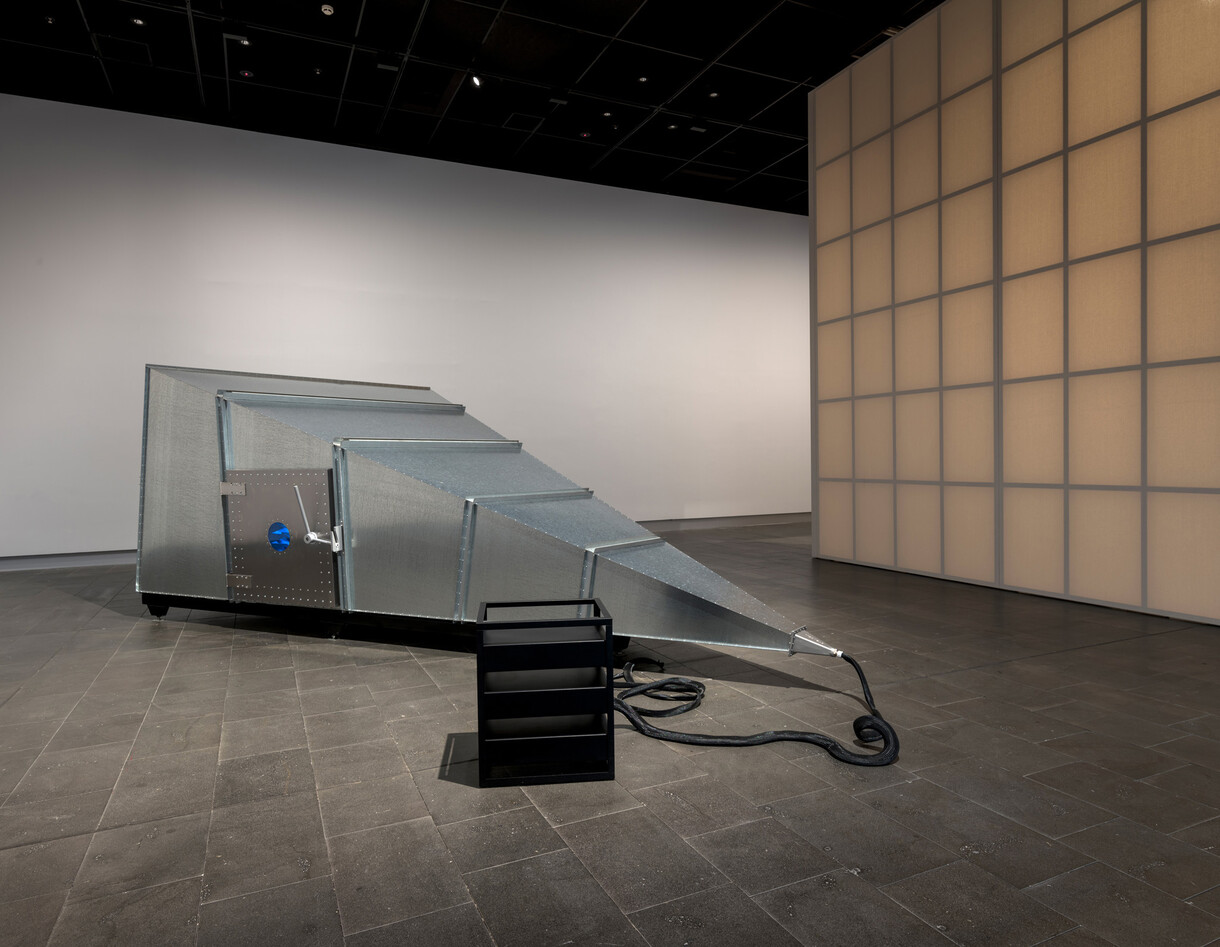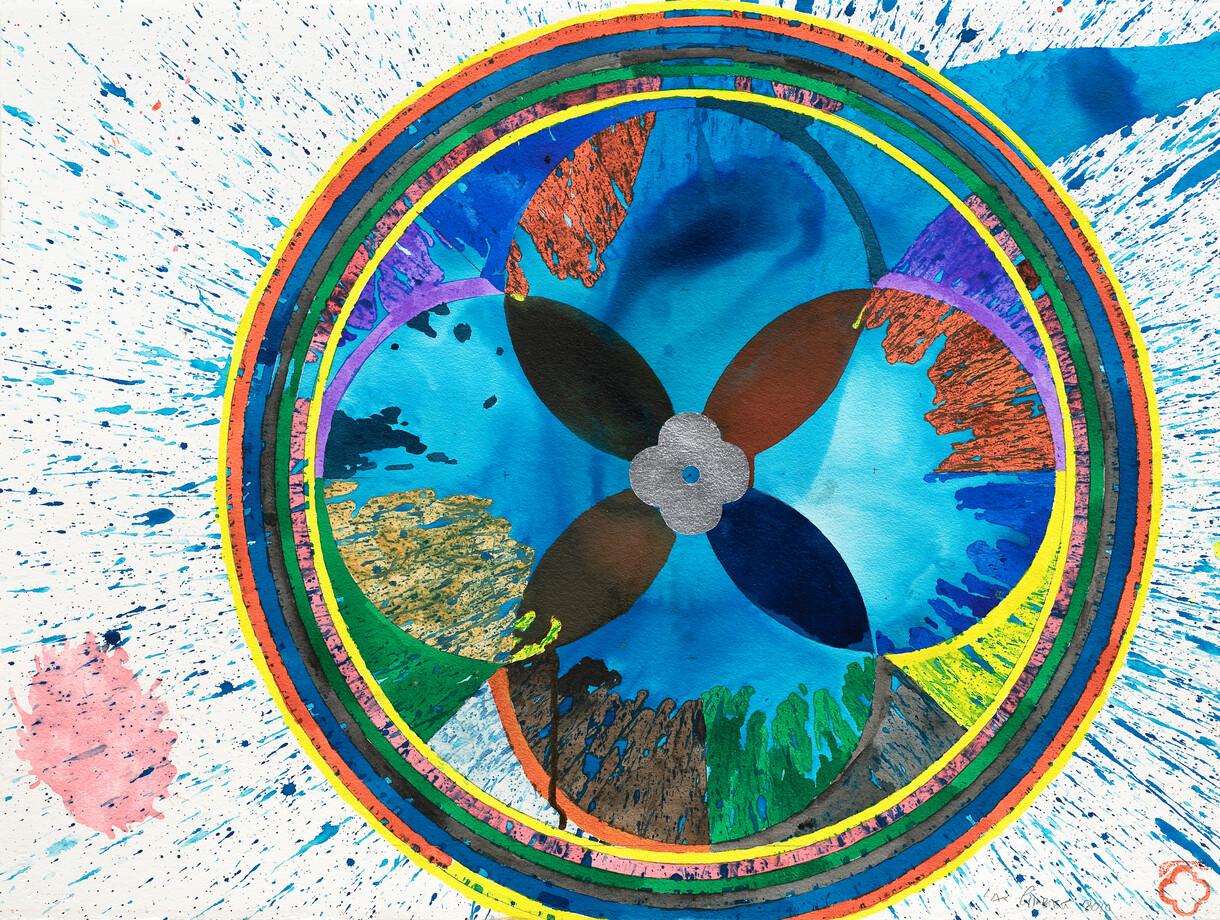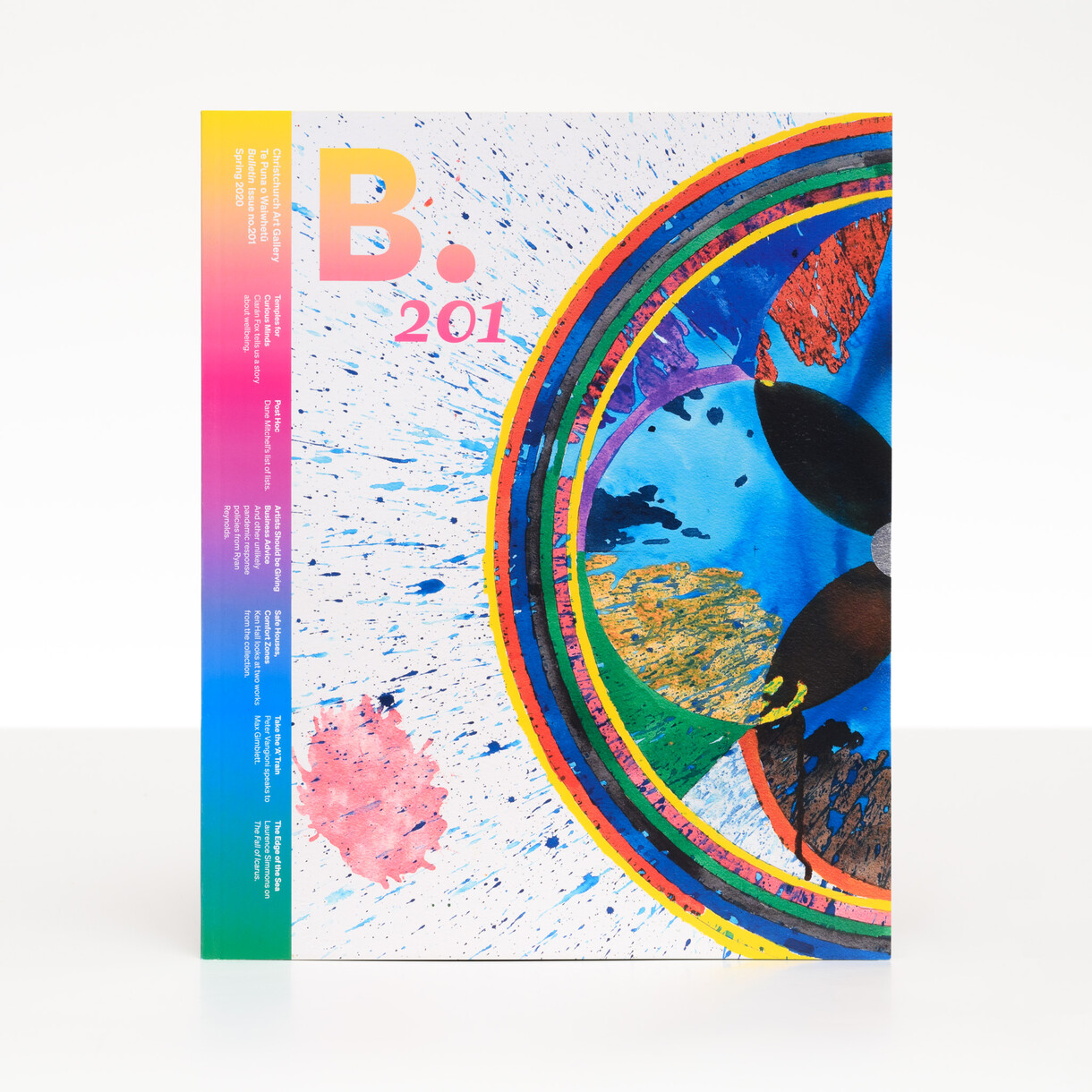Director's Foreword

Dane Mitchell Post hoc (installation view, Christchurch Art Gallery Te Puna o Waiwhetū) 2019. Installation. Courtesy the artist and Mossman Gallery, Wellington
In mt last Bulletin foreword we looked backward, celebrating 200 issues and more than forty years of publishing. This time I want to use this space to look forward, and to think about what role this magazine will fill in the coming years. I want Bulletin to increasingly develop as a place for ideas, experiments and opinions. The writing in its pages will be guided by the Gallery’s programme, but we aim to expand upon the ideas and themes in an accessible manner. We want to aim high and continue to develop our readership as we believe Bulletin is one of the best and most readable art magazines in New Zealand.
It’s only possible for us to do what we do with this publication because of the partnerships we enjoy with businesses and other institutions, both locally and nationally. In particular I’d like to highlight our ongoing relationship with Ovato, who support us generously in the printing of Bulletin, and the Ilam School of Fine Arts, whose vision in using the design and production of Bulletin as a teaching tool makes it an exciting educational resource in more ways than expected.
So what do we want to achieve with Bulletin? We want to look outside our walls to the city and world beyond and engage with ideas that matter. We believe it’s increasingly vital that public institutions are vocal about the work they do in promoting equity, valuing diversity and fostering inclusion. We want to talk about the ways that the cultural sector can impact positively on the social, economic and cultural wellbeing of people and communities and the quality of the environment. These are all big conversations, but we want to be part of them, and to bring you, our readers, with us.
I’d also like to take a moment here to acknowledge the deaths of two acclaimed artists with connections to the Gallery. Peter Roche was a larger-than-life character in the New Zealand art world and will be missed by many. John Nixon, a pioneering figure in Australian abstract and sound art, performed here with his group The Donkey’s Tail in 2008.
This magazine was commissioned towards the end of New Zealand’s initial seven-week Covid-19 lockdown period, and will print as Auckland hopefully reaches the end of its second period of lockdown. So thoughts of the Gallery’s place in our recovery are at the forefront of our minds. Wellbeing is a word that is used a lot at the moment, and art’s place in promoting that is something that is perhaps assumed. We wanted to explore what that actually looks like, however, so we talked with Ciarán Fox, a public health professional and one of the people behind allright.co.nz. We also asked Ryan Reynolds, one of the founders of Christchurch’s Gap Filler organisation how he sees the role of creativity in responding to disaster and crisis.
A big focus in post-lockdown Aotearoa is supporting local, and so it’s perhaps appropriate that our major collection development goal this year is the purchase of Lyttelton artist Bill Hammond’s 2008 painting Bone Yard Open Home, Cave Painting 4, Convocation of Eagles. Visitors will be familiar with the work from Hammond’s 2019 Playing the Drums exhibition here at the Gallery. It’s an important and exciting work, and we’re determined that it will find a home here in Christchurch where it belongs. Here, Laurence Simmons takes a look at another major work by Hammond from this collection; long a favourite with our visitors, The Fall of Icarus (after Bruegel) is read by Simmons as a critique of the environmental destruction wrought by colonial settlers as they carved out the agricultural hinterland of this outpost of Great Britain.
New York-based, New Zealand-born Max Gimblett is one of our most respected artists, and made a major gift of 200 works to the Gallery in 2011, just a week before the February earthquake. Our Ocean Wheel exhibition is our first chance to display the works, so curator Peter Vangioni took the opportunity to talk with Gimblett about the Covid-19 lockdown, his life and path to becoming an artist, and his Zen Buddhism practice. And we are pleased to have a contribution from artist Dane Mitchell, whose Post hoc exhibition features long lists of lost entities, announced within an echo-free chamber and transmitted to cell-towers disguised as trees around the city (including one on the Gallery forecourt). For Bulletin Mitchell has provided his ‘list of lists’—260 compilations of lost, misplaced or destroyed entities.
And as we all continue to reflect on our period of lockdown isolation, curator Ken Hall examines an unlikely pairing of interior views by James Durden and Jacqueline Fahey. Taken from his Persistent Encounters exhibition, Ken uses these works to explore ideas of protection zones, and the house as a site of refuge, confinement and familiar disarray. Another project emerging from lockdown was the Blue Globe writing competition, which challenged school-age children to write stories, poems and songs based on works from our collection. We’re delighted to publish the winning entries here. Our Pagework is supplied by Lyttelton-based artist Emma Wallbanks, and Keren Oertly provides our My Favourite.
Things are changing rapidly at present, and the unwelcome but expected reappearance of Covid-19 in the community makes planning tricky, and sometimes redundant. We hope that the programme information we present here remains accurate, but please keep an eye on this website for updates.








